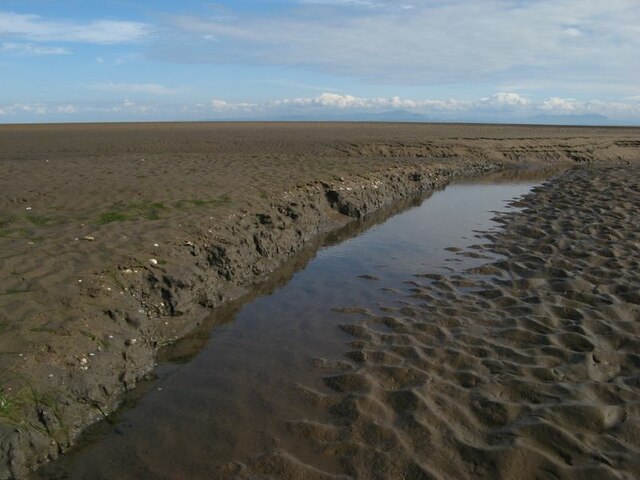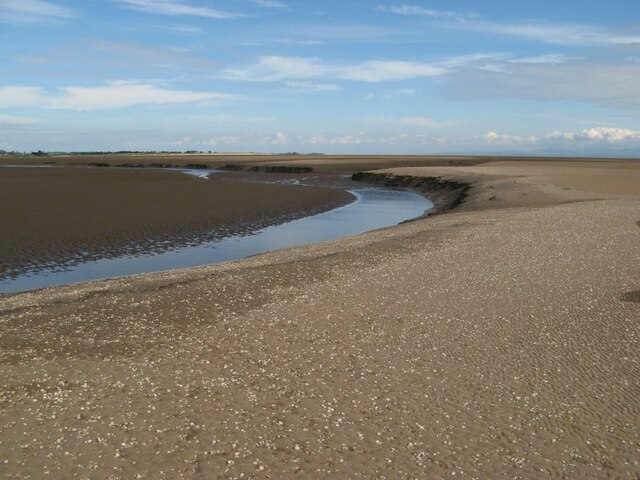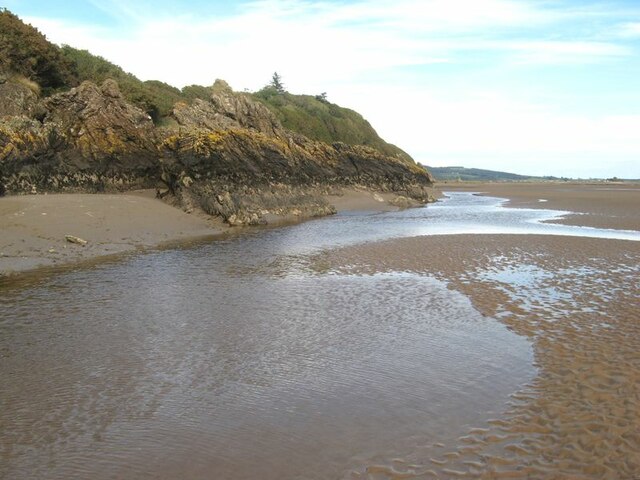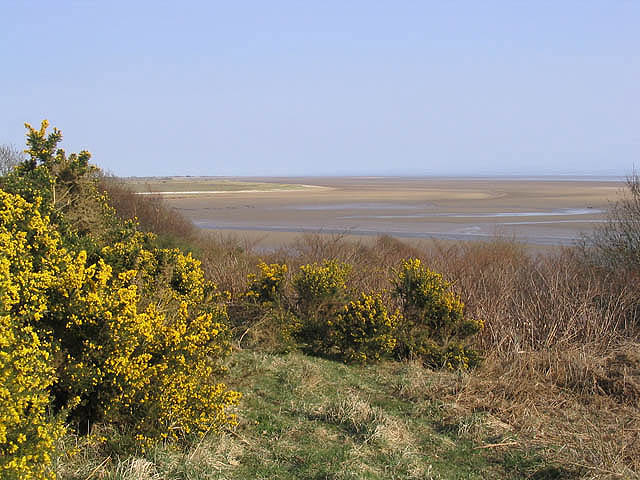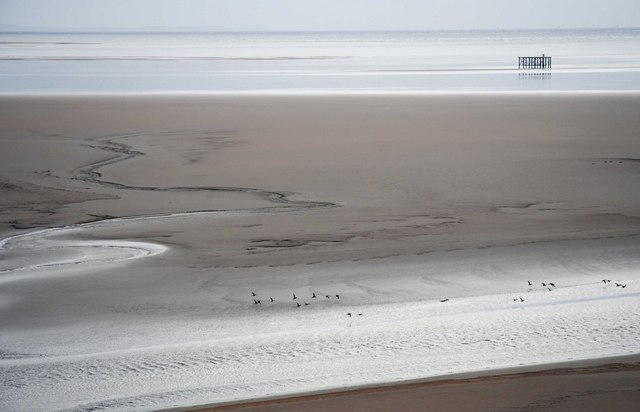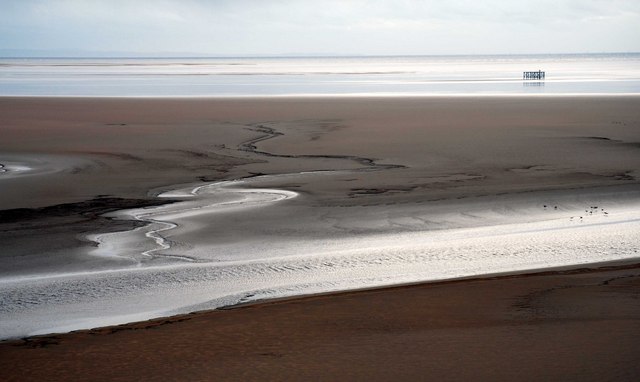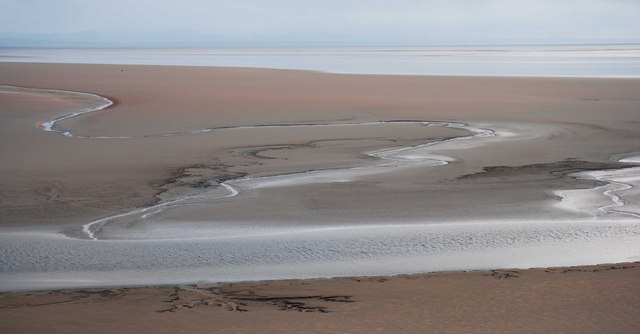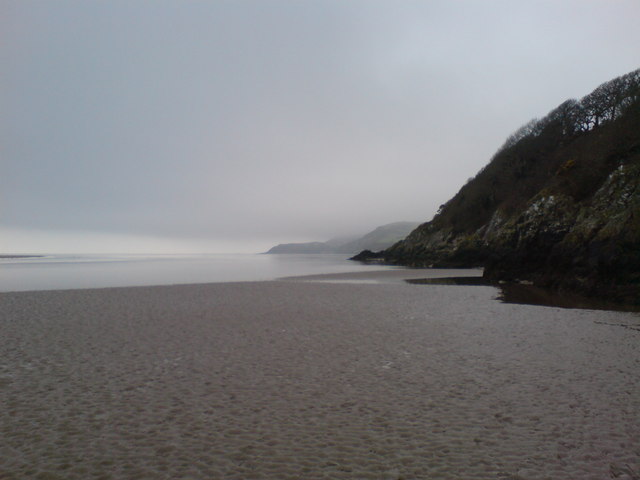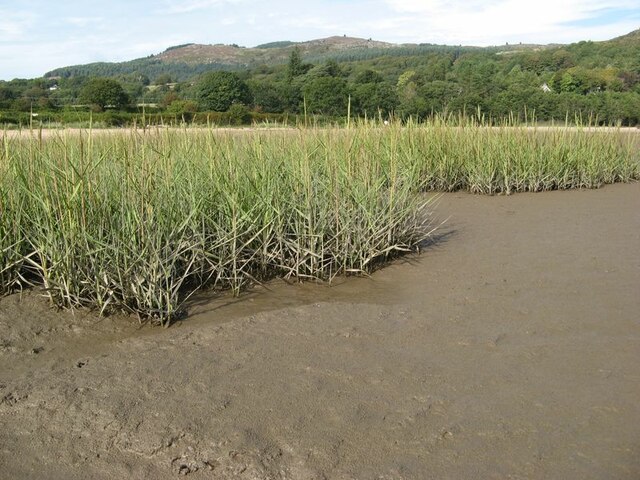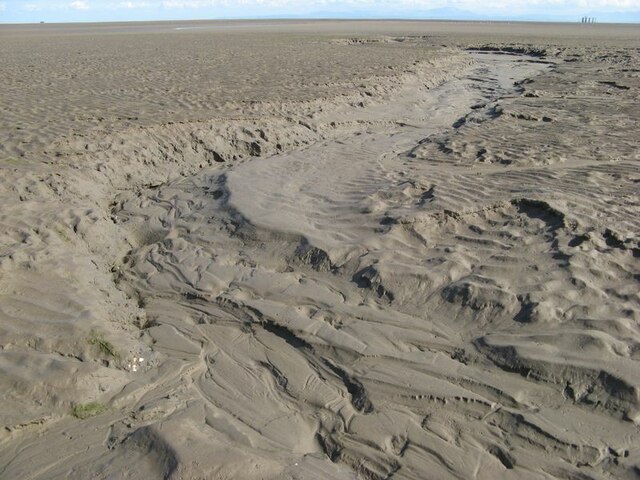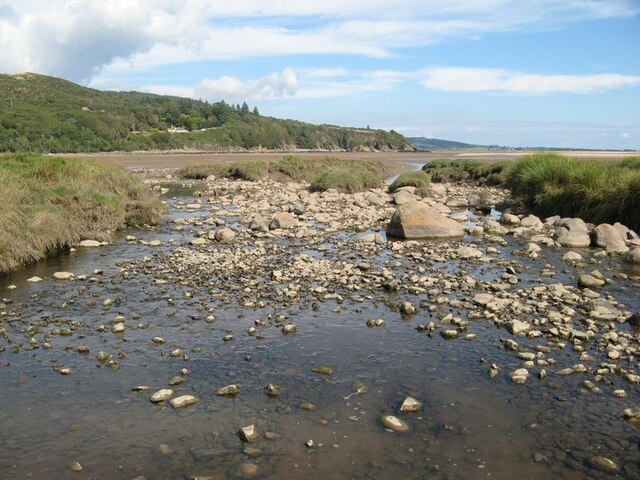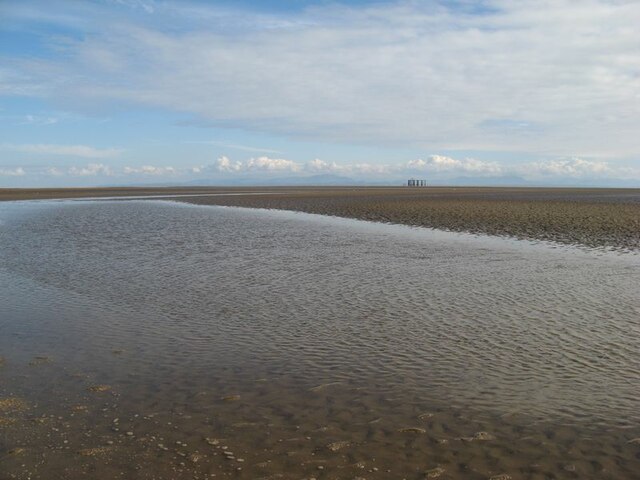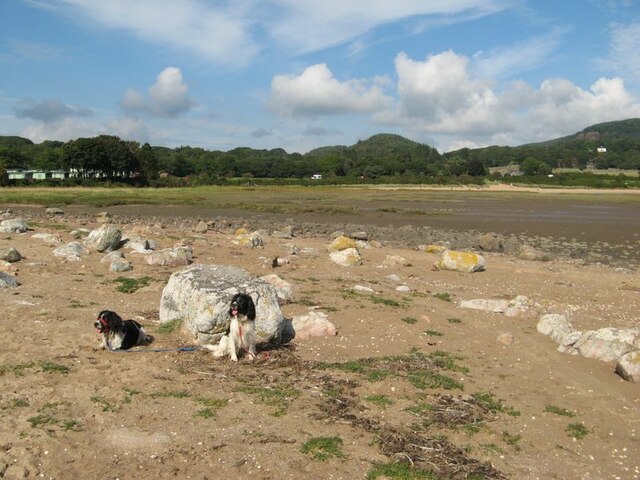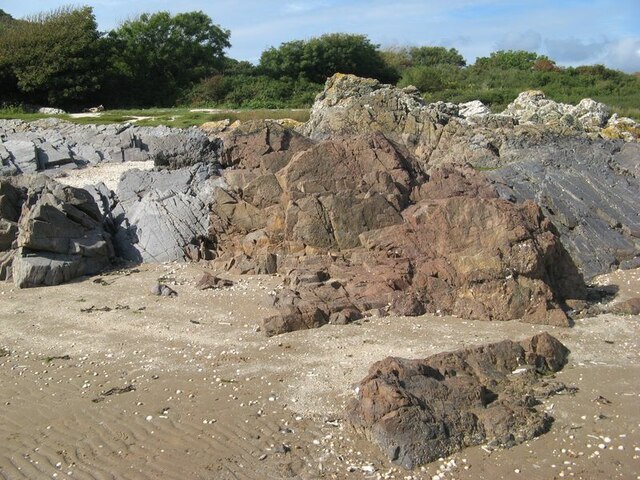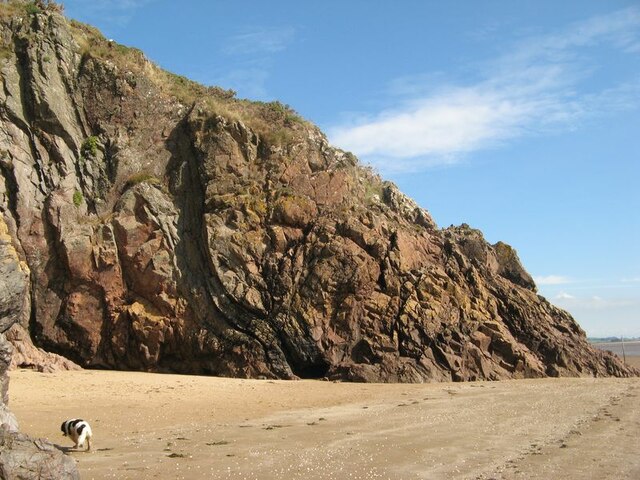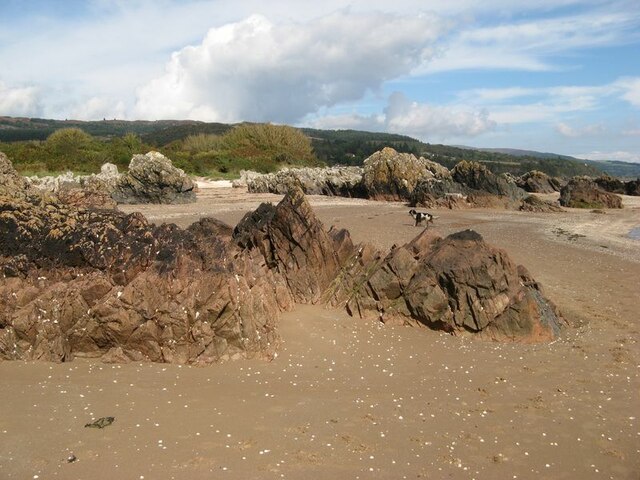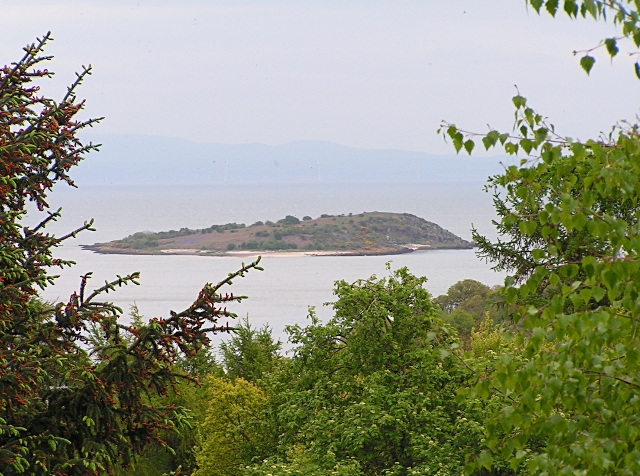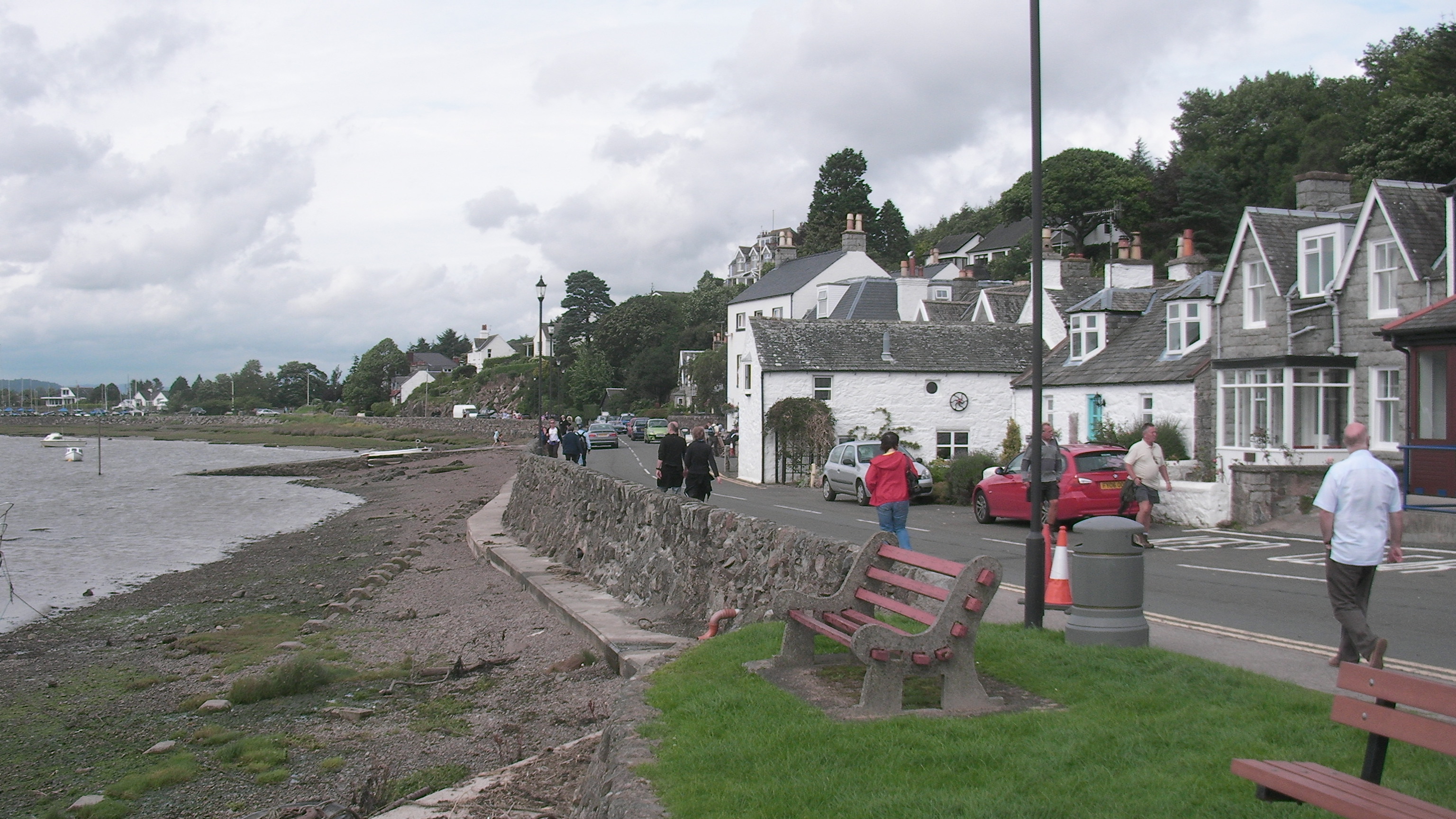Needles Eye
Island in Kirkcudbrightshire
Scotland
Needles Eye
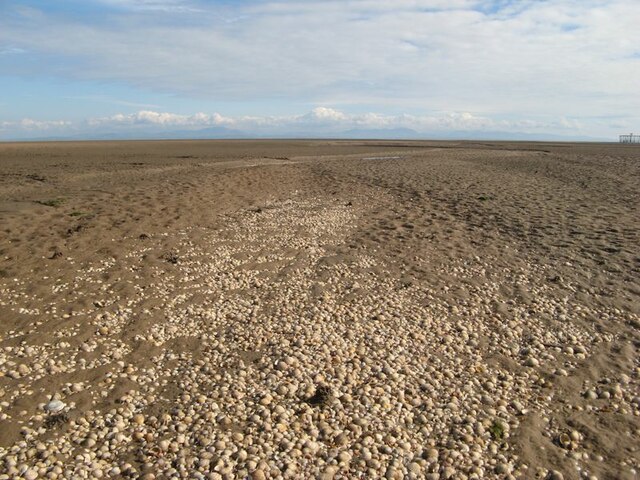
Needles Eye is a small island located off the coast of Kirkcudbrightshire, Scotland. Situated in the Solway Firth, this uninhabited island is approximately 1.5 hectares in size. The island gets its name from its distinctive rock formation, which resembles a needle's eye. This unique geological feature attracts visitors from near and far.
Access to Needles Eye is mainly by boat, with a short journey from the mainland. The island is a popular destination for birdwatching enthusiasts due to its diverse bird population. Visitors can spot a variety of seabirds, such as puffins, gannets, and cormorants, as well as other coastal species.
The rocky terrain of Needles Eye provides a habitat for various marine wildlife. Seals can often be seen basking on the rocks, and occasional sightings of dolphins and porpoises have been reported in the surrounding waters.
The island is also known for its historical significance. It is believed to have been a place of religious significance in ancient times, with archaeological evidence suggesting the presence of a chapel or shrine. The ruins of a small stone building can still be seen on the island, adding to its historical charm.
Visitors to Needles Eye can explore the island on foot, taking in the breathtaking coastal views and enjoying the tranquility of its remote location. However, it is important to note that the island has no facilities, so visitors are advised to bring their own supplies and take any waste away with them.
Overall, Needles Eye is a captivating island, offering a unique blend of natural beauty, wildlife, and historical intrigue, making it a must-visit destination for nature enthusiasts and history buffs alike.
If you have any feedback on the listing, please let us know in the comments section below.
Needles Eye Images
Images are sourced within 2km of 54.872931/-3.7322191 or Grid Reference NX8854. Thanks to Geograph Open Source API. All images are credited.
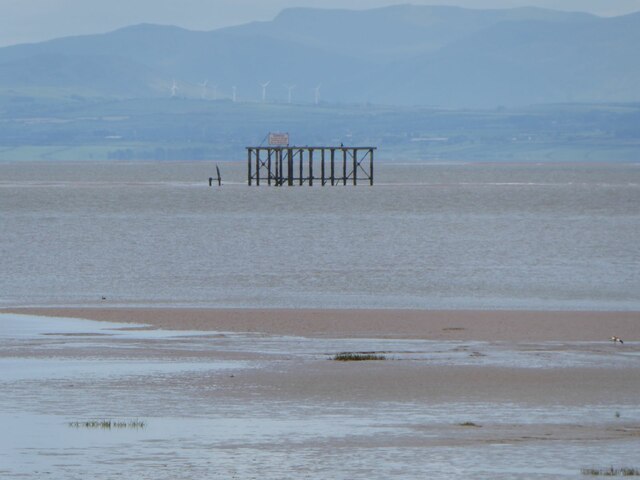
Needles Eye is located at Grid Ref: NX8854 (Lat: 54.872931, Lng: -3.7322191)
Unitary Authority: Dumfries and Galloway
Police Authority: Dumfries and Galloway
What 3 Words
///harder.cigar.shielding. Near Dalbeattie, Dumfries & Galloway
Nearby Locations
Related Wikis
Colvend and Southwick
Colvend and Southwick is a community council area and civil parish within the Stewartry area of Dumfries and Galloway, Scotland. It is also part of the...
Rough Island, Scotland
"Rough Island" is also used as a translation of "Garbh Eilean", a common Scottish name for islandsRough Island is a 20-acre (8 ha) uninhabited tidal island...
Rockcliffe, Dumfries and Galloway
Rockcliffe is a small, coastal village in Kirkcudbrightshire, Dumfries and Galloway in Scotland, with a view of Rough Island, Hestan Island, the Solway...
Kippford
Kippford (/ˈkɪpfəd/; otherwise Scaur) is a small village along the Solway coast, in the historic county of Kirkcudbrightshire in Dumfries and Galloway...
Rough Firth
Rough Firth is an inlet on the northern coast of the Solway Firth in the Stewartry area of Dumfries and Galloway, Scotland. The firth lies between Almorness...
Hestan Island
Hestan Island is a small coastal island at the southern foot of the River Urr estuary in the Solway Firth, in the historical county of Kirkcudbrightshire...
Palnackie
Palnackie is a village in the parish of Buittle in the historical county of Kirkcudbrightshire in Dumfries and Galloway, Scotland. It has a population...
Urr Water
Urr Water or River Urr (arc. River Orr) is a river in which flows through the counties of Dumfriesshire and Kirkcudbrightshire in southwest Scotland....
Nearby Amenities
Located within 500m of 54.872931,-3.7322191Have you been to Needles Eye?
Leave your review of Needles Eye below (or comments, questions and feedback).
